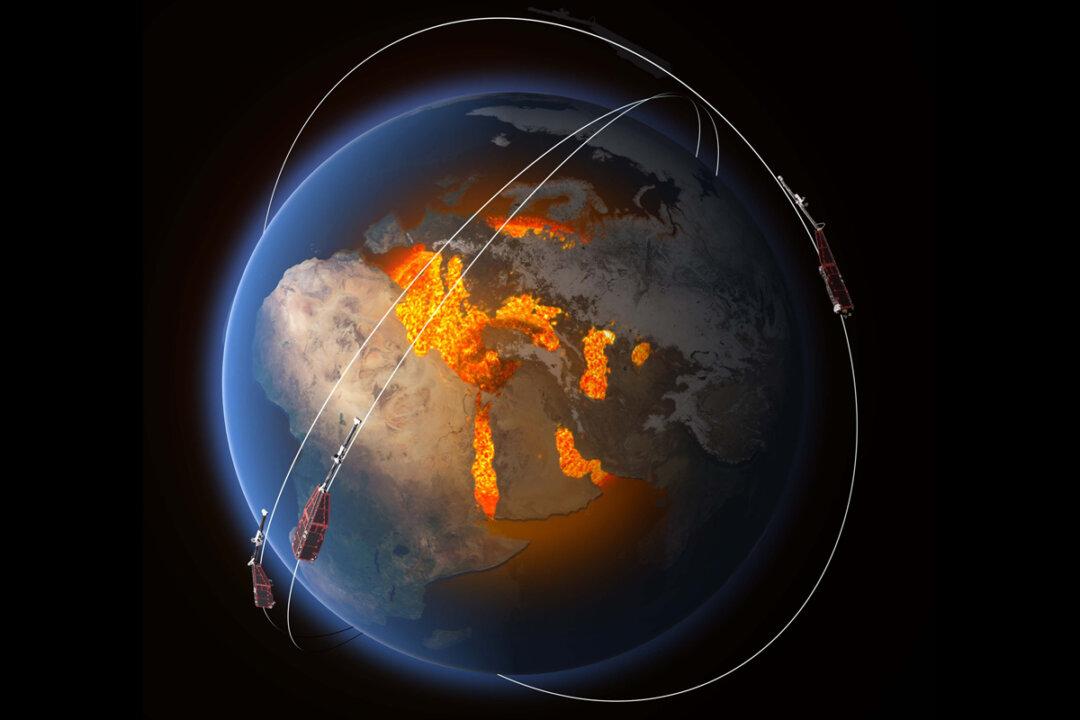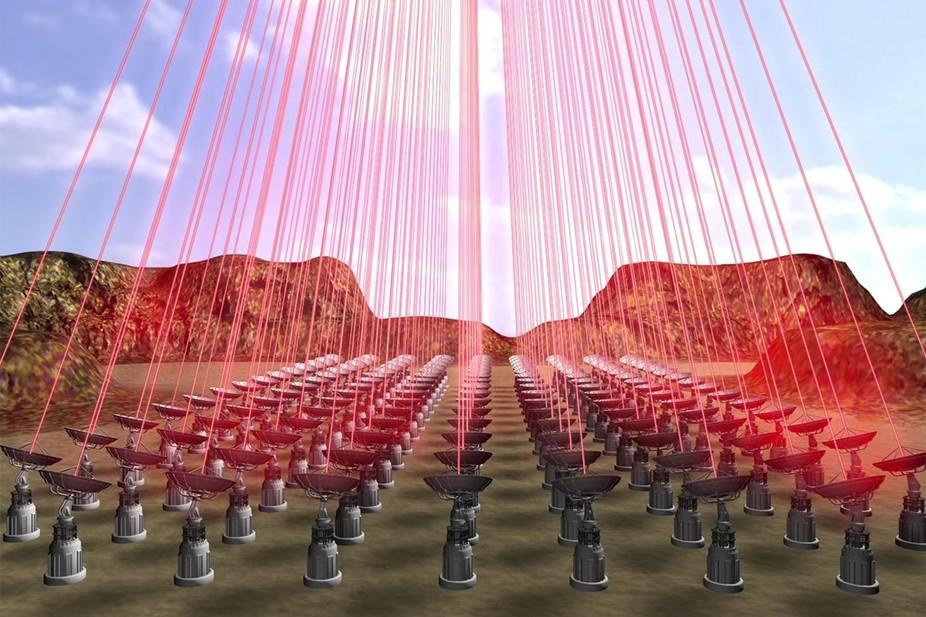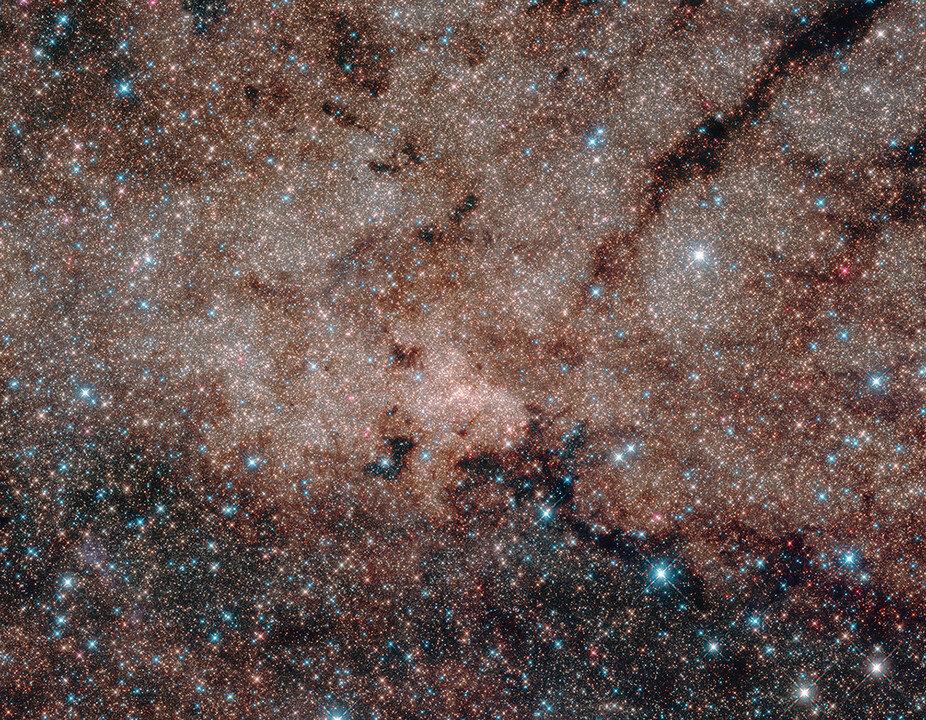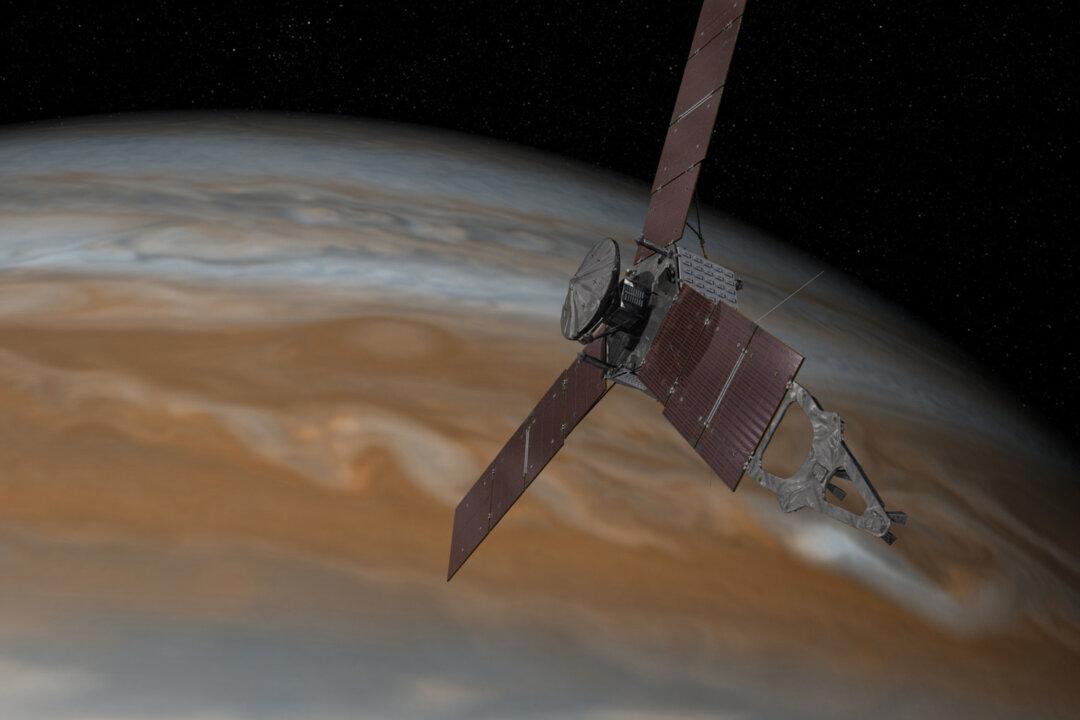
The white dots in this ancient rock from Australia's Beasley River are calcified bubbles that formed from gases released as lava poured onto a younger Earth 2.7 billion years ago. The bigger the bubbles, the lower the pressure of the surrounding air, with the size indicating the Earth had atmosphere only half its current pressure, while a thick atmosphere had been expected. Sanjoy Som/University of Washington




